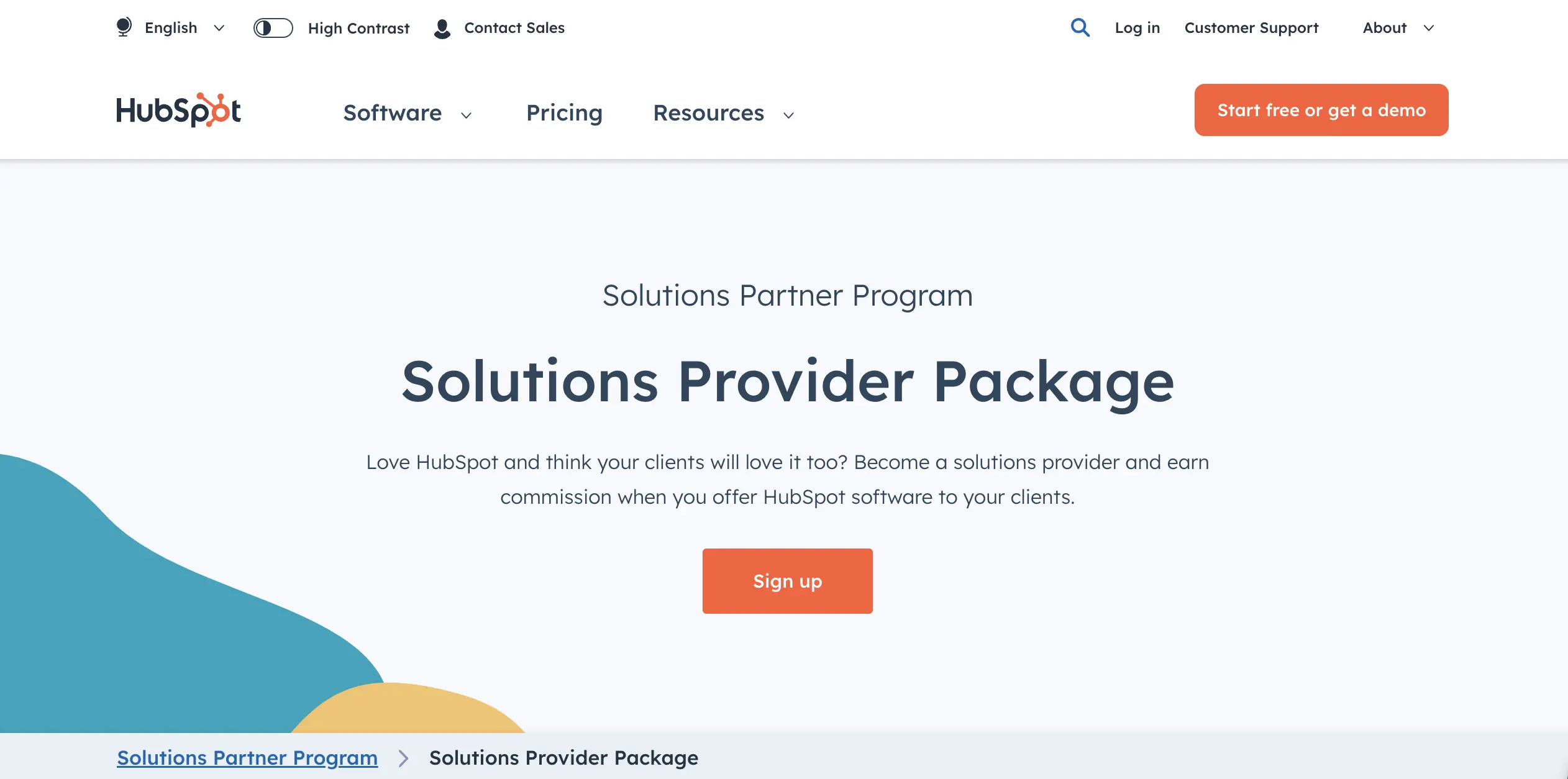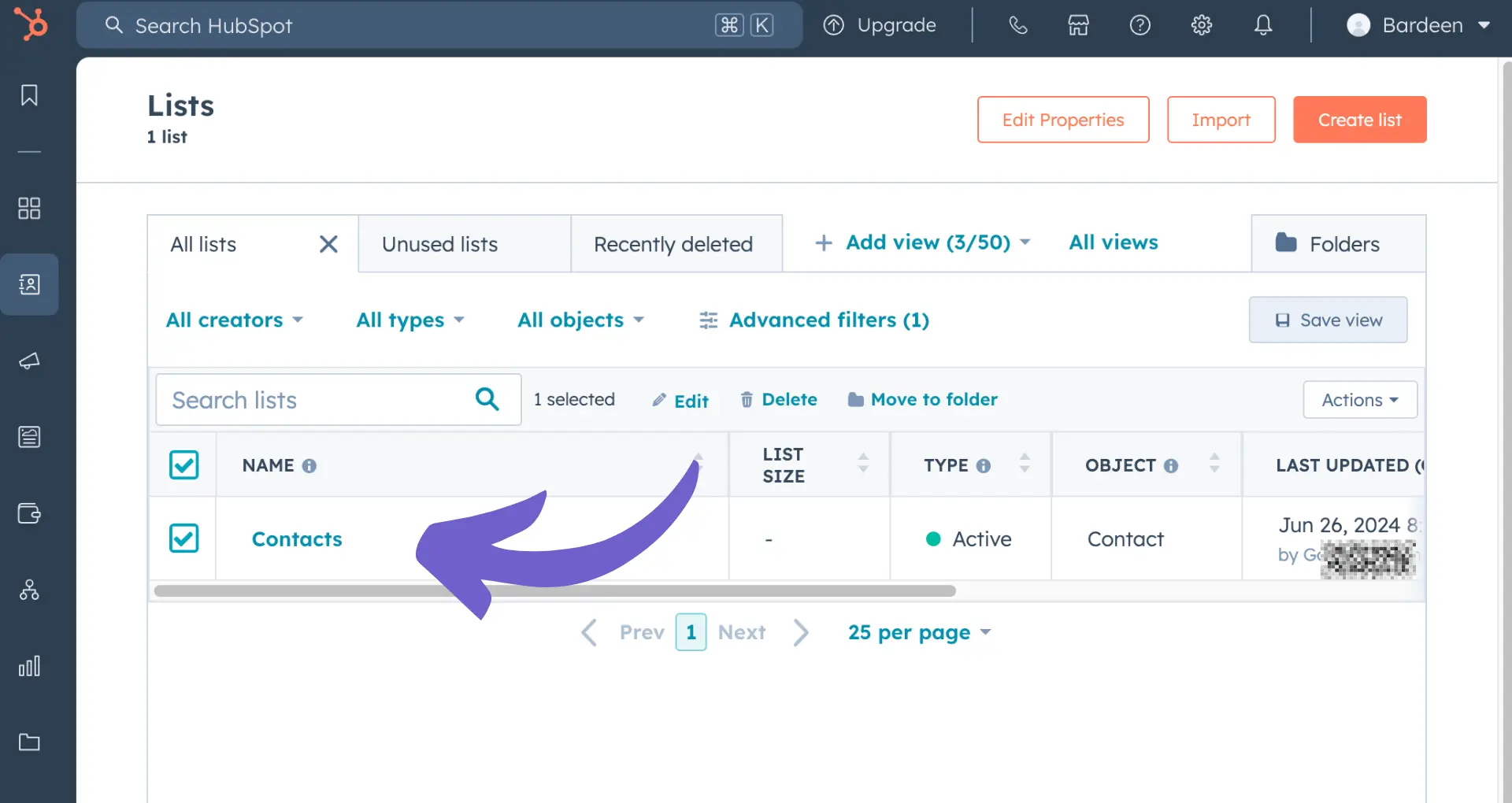Sending emails directly from Excel can significantly improve your business communication efficiency. In this step-by-step guide, we'll show you how to set up and use Excel's email automation features, including Outlook integration, dynamic content generation, and trigger-based sending. Whether you're looking to send personalized reminders or distribute data-driven reports, this guide will help you streamline your email processes using Excel.
Introduction to Email Automation from Excel
Sending emails directly from Excel can significantly boost your business communication efficiency and productivity. By automating email tasks, you can save time, reduce errors, and streamline your workflow. Excel's email automation features enable you to send personalized messages, reminders, and reports to multiple recipients with just a few clicks. To get started with email automation in Excel, you'll need to connect Microsoft Excel with the right tools.
To get started with email automation in Excel, you'll need to ensure you have the right version and setup. Excel 2019, Excel 2021, and Excel for Microsoft 365 all support email integration. You may need to enable the Developer tab in Excel to access the necessary tools and features for email automation.
- Excel 2019 or later is required for email automation
- Enable the Developer tab in Excel options
- Ensure you have proper permissions and security settings
Setting Up Outlook Integration with Excel
To send emails directly from Excel, you need to configure Outlook integration. This process involves linking your Outlook account to Excel and enabling the necessary add-ins or tools. Here's how to set up Outlook integration with Excel:
- Open Excel and navigate to the Developer tab. If you don't see the Developer tab, you can enable it in Excel Options.
- Click on the "Visual Basic" button to open the Visual Basic Editor (VBE).
- In the VBE, go to Tools > References and check the box next to "Microsoft Outlook XX.X Object Library" (replace XX.X with your Outlook version).
- Close the VBE and return to your Excel workbook.
Once you have enabled the Outlook Object Library, you can start using VBA code to automate email tasks directly from Excel. You'll need to use the Outlook Object Model to create, configure, and send emails programmatically.
Here's a simple example of VBA code that sends an email using Outlook:
Sub SendEmail()
Dim OutApp As Outlook.Application
Dim OutMail As Outlook.MailItem
Set OutApp = New Outlook.Application
Set OutMail = OutApp.CreateItem(olMailItem)
With OutMail
.To = "recipient@example.com"
.Subject = "Test Email"
.Body = "This is a test email sent from Excel."
.Send
End With
Set OutMail = Nothing
Set OutApp = Nothing
End Sub
By linking Excel with Outlook and using VBA code, you can automate various email tasks, such as sending personalized messages, attachments, and reports, directly from your Excel workbooks. For more advanced automation, you might consider automating outreach and follow-up to streamline your workflow.
Save time by using Bardeen to automate your outreach and follow-up. Get your tasks done faster without the need for complex coding.
Creating Email Content Using Excel Data
Excel is a powerful tool for storing and organizing data, and you can leverage this data to create personalized email content. By using Excel formulas and VBA scripts, you can dynamically generate email addresses, subject lines, and body text based on the information in your spreadsheet. Here's how:
- Use Excel cells to store recipient email addresses, subject line templates, and body text templates.
- Incorporate Excel data into your email content using cell references. For example, you can use a formula like
=A2 to pull the email address from cell A2 into your VBA script. - Customize email subject lines and body text by combining static text with dynamic cell references. For instance, you can create a subject line template like "Monthly Sales Report for =B2" to include the month name stored in cell B2.
Here's an example of a VBA script that generates personalized email content based on Excel data:
Sub SendPersonalizedEmails()
Dim OutApp As Outlook.Application
Dim OutMail As Outlook.MailItem
Dim rng As Range
Dim cell As Range
Set OutApp = New Outlook.Application
Set rng = Range("A2:A10")
For Each cell In rng
Set OutMail = OutApp.CreateItem(olMailItem)
With OutMail
.To = cell.Value
.Subject = "Monthly Sales Report for " \u0026 cell.Offset(0, 1).Value
.Body = "Dear " \u0026 cell.Offset(0, 2).Value \u0026 "," \u0026 vbNewLine \u0026 vbNewLine \u0026 "Please find attached the monthly sales report for " \u0026 cell.Offset(0, 1).Value \u0026 "." \u0026 vbNewLine \u0026 vbNewLine \u0026 "Best regards," \u0026 vbNewLine \u0026 "Your Sales Team"
.Send
End With
Next cell
Set OutMail = Nothing
Set OutApp = Nothing
End Sub
In this example, the VBA script loops through a range of cells (A2:A10) containing email addresses and uses the data in adjacent cells to create personalized subject lines and body text for each recipient. By leveraging Excel data in this way, you can efficiently generate and send tailored emails to a large number of recipients. For more efficient email management, consider using AI-powered tools.
Automating Email Sending Based on Excel Triggers
Excel allows you to automate email sending based on specific triggers or conditions. By setting up these triggers, you can send emails automatically when certain events occur or data thresholds are met. Here's how to create data-driven triggers using Excel functions and VBA:
- Identify the trigger condition: Determine the specific event or data condition that should trigger the email sending process. This could be a date, a threshold value, or any other criteria based on your Excel data.
- Create a conditional formula: Use Excel functions like IF, AND, or OR to create a formula that evaluates the trigger condition. For example,
=IF(A2>1000, "Send Email", "") would trigger an email if the value in cell A2 exceeds 1000. - Set up a VBA macro: Open the Visual Basic Editor (VBE) in Excel and create a new module. Write a VBA macro that checks the conditional formula and sends an email when the condition is met. Use the Worksheet_Change event to run the macro automatically whenever the specified cells change.
- Configure email settings: Within the VBA macro, set up the necessary email parameters such as the recipient address, subject line, and body text. You can use cell references to dynamically populate these fields based on your Excel data.
- Test and refine: Run the macro and test your automated email sending process. Make any necessary adjustments to the trigger conditions, email content, or VBA code to ensure it functions as intended.
For more advanced email management, consider using AI-powered tools to automate your workflow.
Here's an example of a VBA macro that sends an email when a specific condition is met:
Private Sub Worksheet_Change(ByVal Target As Range)
If Target.Address="$A$2" Then
If Target.Value>1000 Then
Call SendEmail
End If
End If
End Sub
Sub SendEmail()
Dim OutApp As Object
Dim OutMail As Object
Set OutApp=CreateObject("Outlook.Application")
Set OutMail=OutApp.CreateItem(0)
With OutMail
.To="recipient@example.com"
.Subject="Automated Email: Threshold Exceeded"
.Body="The value in cell A2 has exceeded 1000."
.Send
End With
Set OutMail=Nothing
Set OutApp=Nothing
End Sub
In this example, the Worksheet_Change event triggers the macro whenever cell A2 is modified. If the value in A2 exceeds 1000, the SendEmail subroutine is called, which creates and sends an email using Outlook.
By leveraging Excel triggers and VBA macros, you can automate email sending based on specific conditions, saving time and ensuring timely notifications when important events occur.
Save even more time and streamline your workflows by using Bardeen's integration with Google Sheets. Connect your data sources and automate email triggers without complex coding.
Managing and Troubleshooting Common Issues
When setting up and using email automation from Excel, you may encounter some common issues. Here are solutions to help you manage and troubleshoot these problems:
- Data format issues: Ensure that your Excel data is formatted correctly for email automation. Check that dates, numbers, and text are in the appropriate format and that there are no extra spaces or special characters that could cause issues.
- Email delivery failures: If your automated emails are not being delivered, check your Outlook settings and ensure that your account is properly configured. Verify that the recipient email addresses are correct and that your emails are not being blocked by spam filters.
- Script errors: If you encounter errors in your VBA scripts, double-check your code for typos, missing parentheses, or incorrect syntax. Test your scripts step-by-step to identify the source of the error and make necessary corrections.
- Outlook security warnings: When using VBA to automate email sending, you may receive security warnings from Outlook. To avoid this, add the VBA project folder to your trusted locations in Outlook settings or digitally sign your VBA macros.
- Slow performance: If your email automation scripts are running slowly, optimize your VBA code by minimizing the use of loops and reducing the number of Outlook operations. Consider breaking your code into smaller subroutines and avoid using complex calculations within the email sending process.
To maintain your email automation system and ensure its smooth operation, follow these tips:
- Regularly update your VBA scripts to accommodate any changes in your Excel data structure or email requirements.
- Test your automation process periodically to ensure that emails are being sent correctly and that triggers are functioning as intended.
- When sending sensitive information via email, encrypt your messages and attachments to protect data security. Use Excel's built-in password protection features or third-party encryption tools.
- Keep your Excel file and Outlook add-ins up to date with the latest versions to ensure compatibility and access to new features and bug fixes.
By proactively managing and troubleshooting common issues, you can maintain a smooth and efficient email automation process directly from Excel.






